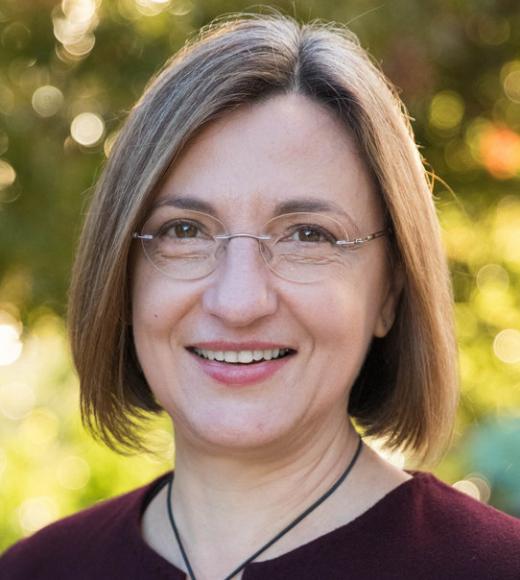This presentation overviews fluorescence lifetime spectroscopy and imaging techniques for label-free in vivo characterization of biological tissues. Numerous studies have shown that tissue autofluorescence properties have the potential to assess biochemical features associated with distinct pathologies in tissue and to distinguish various cancers from normal tissues. However, despite these promising reports, autofluorescence techniques have been sparsely adopted in clinics. This presentation overviews clinically-compatible multispectral fluorescence lifetime imaging (FLIM) techniques developed in our laboratory and their ability to operate as stand-alone tools, integrated with a biopsy needle and intravascular catheters and in conjunction with the da Vinci surgical robot. We present clinical studies in patients undergoing surgery that demonstrate the potential of these techniques for intraoperative delineation of brain tumors and brain radiation necrosis as well as head and neck cancer including image-guided augmented reality during trans-oral robotic surgery (TORS). Challenges and solutions for the clinical implementation of these techniques are discussed.

Dr. Laura Marcu is Professor of Biomedical Engineering and Neurological Surgery at the University of California at Davis. She received her Ph.D. in biomedical engineering in 1998 from the University of Southern California, Los Angeles. Her research interest is in the area of biomedical optics, with a particular focus on research for the development of optical techniques for tissue diagnostics including applications in oncology. Since 2007 she has served as co-director of the Comprehensive Cancer Center - Biomedical Technology Program, at the UC Davis Medical Center. Currently, she serves as Associate Editor for Biomedical Optics Express and a member of the Editorial Board for Journal of Biophotonics. She is an elected Fellow of the American Institute for Medical and Biological Engineers (AIMBE), the Biomedical Engineering Society (BMES), the Optical Society (OSA), the International Society for Optics and Photonics (SPIE) and the National Academy of Inventors (NAI).


